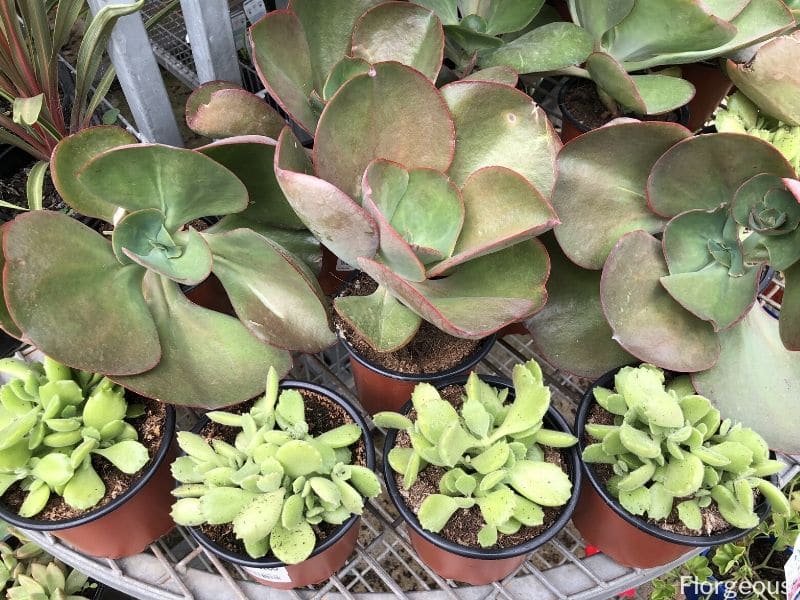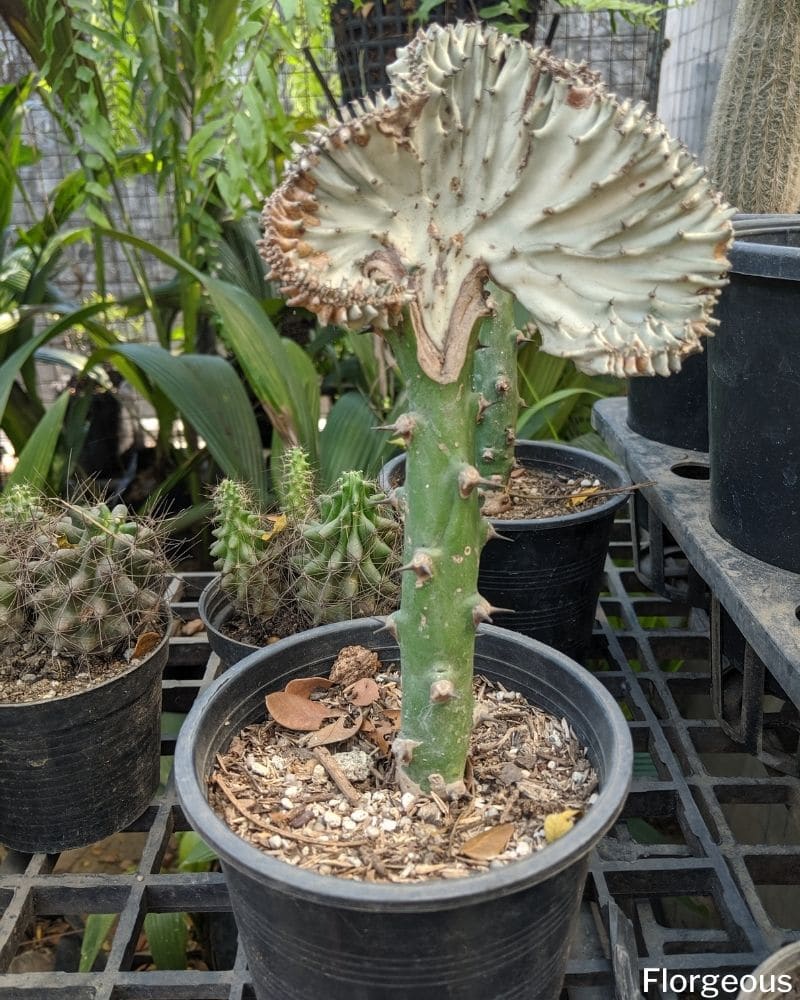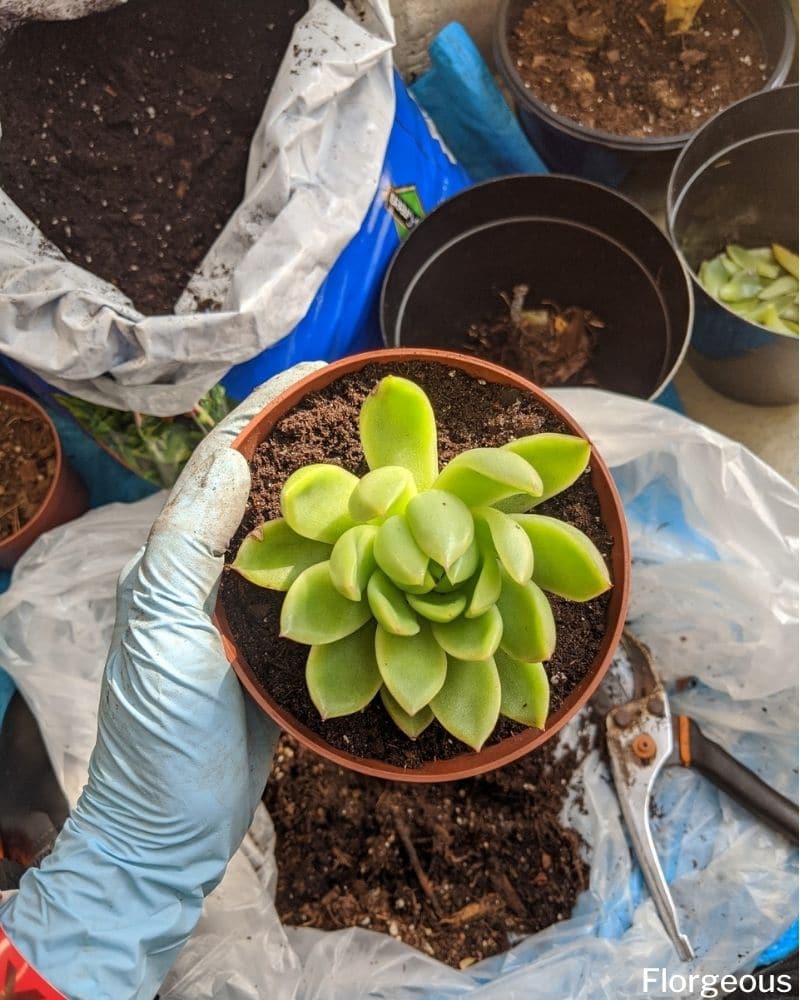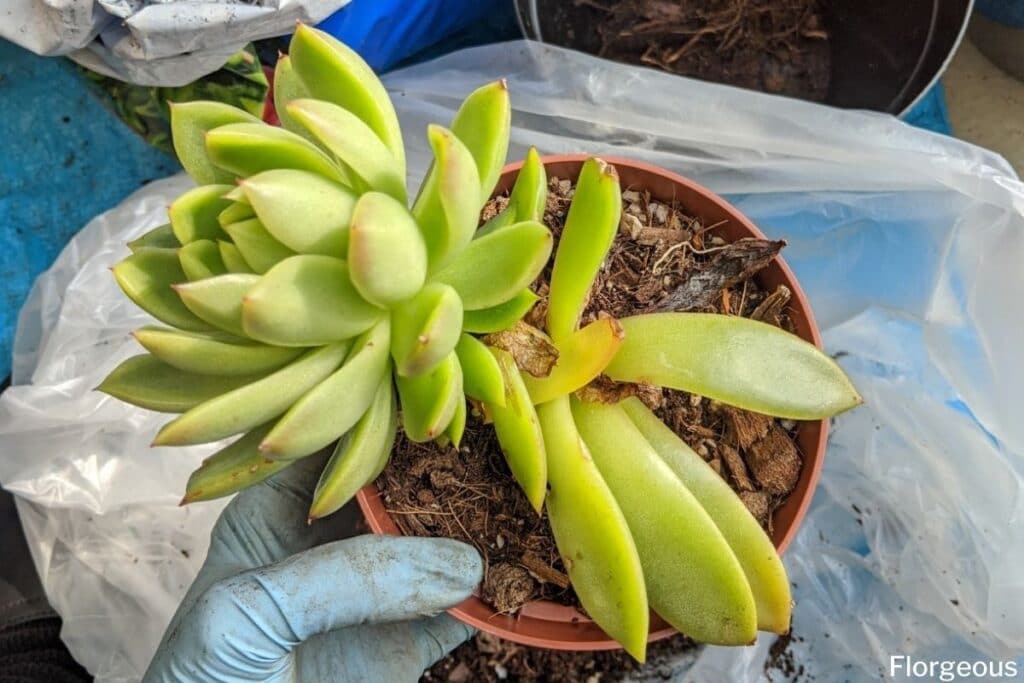Succulents are more popular than ever. With a variety of beautiful species available out there, these plants have gained the hearts of both expert gardeners and budding green thumbs alike. And with so much hype going on about these plants, you might find yourself walking home with a pot or two.
If you are new to the wonderful world of succulents, there is one thing you should know. Succulent care is very challenging. Although they are easy-going plants, succulents, with their fleshy, water-filled bodies, require special care that is different from other plants.
But do not let this dishearten you. Caring for succulents can be challenging but it does not mean you cannot do it. And with these care tips, growing your succulents will sure be easy as they say it is.
Here’s how to take care of succulents:

Lighting
Although some low light succulents can thrive well in low-light conditions, most succulents still need sunlight. Lots of it, in fact. Succulents love to be bathed in light. The lighting needs of succulents depend on the species. Some of them prefer direct or full sun while some prefer partial shade.
Do succulents need sun?
In general, succulents need about 6 hours of bright, indirect sunlight to achieve the best growth. Bathing your plants in sunlight is best done in the morning because direct sun, especially in the afternoon, will cause the fleshy leaves to burn (1). Keep an eye out for yellow leaves or foliage turning yellow, as this can be a sign of stress or inadequate light exposure.
If you are growing succulents indoors, make sure to place them near a south-facing window. You can also opt for a grow light if the light indoors is insufficient. On the other hand, if you are growing them outdoors, make sure to place them in an area away from direct sunlight.
See more: Grow lights for succulents

How to Water Succulents
The most challenging thing about growing succulents is knowing when to water your plants. The desert origin of succulents makes their water needs very different from other plants. And to add to the challenge, their fleshy, water-filled body does not tolerate overwatering.
How often do you water succulents?
Consider the type of succulent you have before watering. Succulents with thin leaves require frequent watering while those with thicker leaves can go about a long period of no watering. The soil is the best teller of when to water your succulents. As a rule of thumb, watering should be done when the top 1 inch of the potting soil is dry to the touch (1,2).
It is very important that you do not overwater your succulents. Remember that under-watering is better than overwatering because your succulents can bounce back from a period of drought. In fact, they are well adapted to it. But when overwatered, your plants can easily develop root rot (1,2).
You should also avoid overhead watering. Overhead watering is when you water your plants from above the leaves. It can encourage water-spread pathogens such as fungi and bacteria. It can also wash off the protective coating, called farina, on the surface of your succulents. Water your plants directly on the soil instead (4).
Another thing that you must consider when watering your succulents is the season. Succulents undergo a period of rest or dormancy. Dormancy commonly occurs in winter for most succulents. During this period, growth is halted or slowed down and your plants will need less water (1).

Potting Soil For Succulents
Succulents prefer a well-drained potting medium that will keep the roots from getting soaked. It is important that the soil is able to hold moisture without getting waterlogged.
The ideal soil for succulents is composed of organics and rocks. The organics will provide the nutrients while the rock provides drainage and stability to the soil (1).
There are available potting mixes made especially for cacti and succulents but if you want to make your own, you can mix a 2:1:2 compost, sand, and grit (which can be pumice, perlite, or gravel) or 1:2 compost, and grit (1,2).
Container

Ceramic, terracotta, plastic, and glass are the most common plant containers. There is a wide array of pots available for container gardening. Some gardeners prefer plastic because they are cheap and durable. Some prefer glass mainly for the aesthetic.
But, the best pot for succulents is ceramic and terracotta pots because they are ‘breathable’, which allows better drainage and encourages air circulation in the soil. The only downside is they can be quite fragile (1).
Grooming
Succulents can accumulate dust and debris on their plump leaves which can become unsightly. Clean your succulents by wiping the leaves with a damp cloth. Do this gently to avoid destroying the layer or wax or farina.
You can also use a rubber bulb aspirator to blow away dust and debris from the leaves. Avoid misting your succulents as it can increase the humidity and cause your plants to shrivel and wilt (2,3).
Although succulents are slow growers, over time, they will soon fill their pots and turn into an untidy, overgrown mess. At this time, you may want to consider pruning your plants. Pruning should be done in the start of the growing season (early spring) so your plants will have the extra time to grow and produce new leaves.
Many people shy away from pruning their succulents in fear of killing their plants but the fact is, succulents benefit very much from the occasional pruning. It rids them of the extra weight and encourages better growth. It can also be an avenue for having more succulents since the healthy pruned parts can be propagated (4).
Repotting
Repotting cacti and succulents share some similarities. Because they are slow-growing plants, succulents rarely need to be repotted and can stay in their original pot for a year.
But when you notice that the roots are starting to poke out of the holes in the pot and the water is draining a bit too fast, you may want to grab a bigger pot and start repotting your plant.
Repotting succulents should be done in the active growing season. During this time, you can also separate your plants and propagate them (1,2).
See more: How to repot succulents

Propagation
Once you get the hang of caring for your succulents and manage to keep a plant thriving through maturity, you can now take on the world and start propagating. You can do so through leaf or stem cuttings, pups, or directly through seeds (2).
The easiest way of propagating succulents is through leaf and stem cuttings. Simply choose a healthy mature leaf or stem section with at least two leaf nodes, and cut it off with a clean blade.
Place the cutting in a warm dry place and let it form a callous. It will eventually develop roots from the callous, after which you can prop it up in a new pot. Now, you have a new succulent plant to care for.
Up next: How to propagate succulents
References
Reference list
(1) Tuttle C. “Succulents”. Penguin. 2015.
(2) Bognasco J., Reidmuller Jr. B. “Succulents: Choosing, Growing, and Caring for Cactuses and Succulents”. Cool Springs Press. 2019. PP 47-79.
(3) Afra A. “The Succulent Manual: A guide to care and repair for all climates”. Andrea Afra. 2015.
(4) Hewitt T. “Cacti and Succulents”. Dorling Kindersley Publishing. 2004. P 46.
Close







